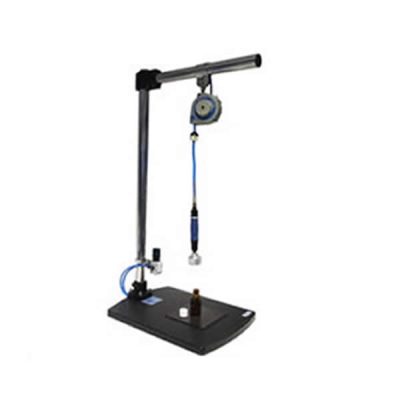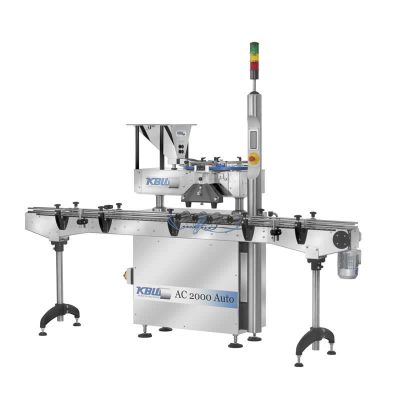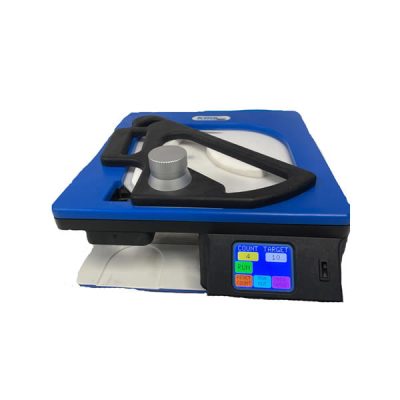Understanding the Pharmaceutical Industry: A Comprehensive Guide
The pharmaceutical industry encompasses the development, production, and sale of medications and drugs. As a significant component of the healthcare sector, it involves a wide range of activities from research and development (R&D) to manufacturing, distribution, and marketing of pharmaceutical products. Here’s a detailed overview of the key aspects of the pharmaceutical market:
Research and Development (R&D)
Drug Discovery: This involves identifying new compounds with potential therapeutic effects. First, researchers explore various compounds and then select promising candidates.
Preclinical Testing: Conducted in laboratories, this phase determines the safety and efficacy of compounds before they are tested in humans. Next, scientists evaluate these compounds to ensure their potential for further development.
Clinical Trials: These trials are conducted in Phases I, II, and III to assess the drug’s safety, efficacy, dosage, and side effects in humans. Following these phases, Phase IV trials occur post-marketing to monitor long-term effects.
Regulatory Approval
Regulatory Agencies: Drugs must be approved by regulatory agencies such as the U.S. Food and Drug Administration (FDA) or the European Medicines Agency (EMA) before they can be marketed. Therefore, companies submit detailed applications for review.
Approval Process: This process includes a rigorous evaluation of clinical trial data to ensure the drug is safe and effective for its intended use. Consequently, only drugs that meet these stringent criteria receive approval.
Manufacturing
Production: This involves large-scale manufacturing of pharmaceutical products, ensuring consistency, quality, and compliance with Good Manufacturing Practices (GMP). Furthermore, companies constantly monitor production to maintain standards.
Quality Control: Continuous monitoring and testing of products are conducted to maintain high standards. Thus, quality control plays a crucial role in the manufacturing process.
Marketing and Sales
Branding and Advertising: Pharmaceutical companies invest heavily in marketing their products to healthcare professionals and consumers. As a result, effective branding and advertising strategies are essential for success.
Sales Strategies: These include direct sales to healthcare providers, partnerships with distributors, and over-the-counter (OTC) sales for some medications. Additionally, companies employ various strategies to reach their target markets.
Distribution
Supply Chain Management: This ensures efficient and safe distribution of pharmaceutical products from manufacturing facilities to pharmacies, hospitals, and other healthcare settings. Hence, effective supply chain management is vital for timely delivery.
Cold Chain Logistics: This is essential for temperature-sensitive drugs, including vaccines and biologics. Consequently, companies invest in specialized logistics to maintain drug efficacy.
Types of Pharmaceuticals
Prescription Drugs: These medications require a doctor’s prescription. Therefore, they are typically used under medical supervision.
Over-the-Counter (OTC) Drugs: These medications are available without a prescription. Moreover, they are designed for safe use without a healthcare provider’s supervision.
Generic Drugs: These are non-branded drugs that are bioequivalent to branded drugs but typically sold at lower prices. Thus, they offer cost-effective alternatives.
Biologics: These products are derived from living organisms, including vaccines, blood products, and gene therapies. Accordingly, biologics represent a significant segment of the pharmaceutical industry.
The pharmaceutical industry is dynamic and continuously evolving, driven by scientific advancements, regulatory changes, and market demands. By understanding these aspects, stakeholders can better navigate this complex and essential sector. Furthermore, staying informed about industry trends is crucial for success.
(See KBW’s Tablet Counting, Labelling, Liquid Filling and Capping Machines.)










